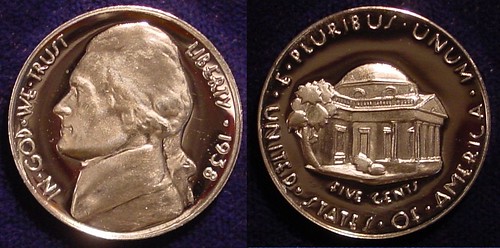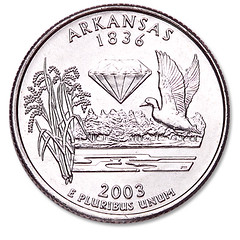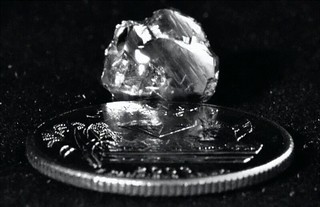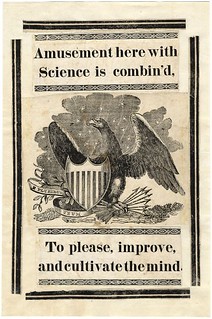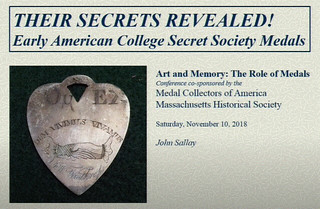
PREV ARTICLE
NEXT ARTICLE
FULL ISSUE
PREV FULL ISSUE
LOOSE CHANGE: MAY 9, 2021Here are some additional items in the media this week that may be of interest. -Editor Over on the Coin Talk forum there's a nice discussion of Felix Schlag's original Jefferson Nickel design, including some photos of Monticello. In 1938, Felix Schlag won a $1,000 award for his Jefferson Nickel design. Schlag won the award in a competition that involved 390 or over 400 other artists, depending upon your source of information. Schlag's victory continued a policy that Theodore Roosevelt had initiated in 1907 when he asked Augustus St. Gaudens to redesign American coinage. St. Gaudens work was ultimately limited to the $10 and $20 gold coins, but it set the trend. From 1907 until 1938, outside artists created all of the new designs for regular issue coins. That string would not be broken until Mint Director, Nellie Tayloe Ross, pushed hard to give John Sinnock the opportunity to design the Roosevelt Dime in 1945-6. Recently, engraver, Ron Landis, issued 100 sets of the Jefferson Nickel with original Felix Schlag design. Landis first issued coins like this in the early 2000s for the Full Step Jefferson Nickel Club.
To read the complete thread, see:
Remember the 2003 Arkansas State Quarter Diamond? Here's a cool article about diamond-hunting in Crater of Diamonds State Park. -Editor
Arkansas has nodded to its diamond-producing legacy in myriad other ways. In 1912, a five-person committee from the Pine Bluff, Arkansas, chapter of the Daughters of the American Revolution (DAR) voted to approve a design for the state flag: a large white diamond on a rectangular field of red. In 1967, the state designated the diamond as its official gem. In 1993 and 1997, Hillary Clinton wore a
Contrary to popular belief, you do not need to be a professional gemologist to hunt diamonds at Crater of Diamonds State Park, which makes 1,500 tickets available online per day to visitors—you just need to be willing to get a little dirty.
To read the complete article, see:
Coins were among items displayed at America's earliest museums. This Zoom event from the American Philosophical Society will take place Tuesday May 18th from 1:00 p.m.-2:00 p.m. EDT. Registration is required. -Editor
Join Museum Education Coordinator Ali Rospond for this informal and fun virtual tour about Charles Willson Peale, his family, and the first successful public museum, The Philadelphia Museum. Discover the mysteries of the
In the words of Charles Willson Peale This program will take place via Zoom and is an informal event. Registration is required. Joel Orosz writes: "There were a number of early museums that both collected and exhibited coins; prominent among them were Du Simitiere's and Peale's Museums in Philadelphia, the New-York Historical Society and the Tammany Museum in New York City, and the Western Museum, in Cincinnati."
For more information, see:
I was unable to attend the 2018 Medal Collectors of America conference at the Massachusetts Historical Society in Boston. For all of us who missed it, there are videos of presentations available on YouTube. This week I watched John Sallay's excellent talk on early American college secret society medals. -Editor
The conference on medals and medal collecting presented by Medal Collectors of America and MHS, included a series of presentations on the role medals have played in America history, the evolution of medallic art, and the ways medals have reflected American culture up through the 20th century. MHS is proud to partner with the Medal Collectors of America, a national organization dedicated to the study and collection of artistic and historical medals. For further information, please see www.medalcollectors.org.
To read the complete article, see:
To read the earlier E-Sylum article, see:
Wayne Homren, Editor The Numismatic Bibliomania Society is a non-profit organization promoting numismatic literature. See our web site at coinbooks.org. To submit items for publication in The E-Sylum, write to the Editor at this address: whomren@gmail.com To subscribe go to: https://my.binhost.com/lists/listinfo/esylum All Rights Reserved. NBS Home Page Contact the NBS webmaster 
|
